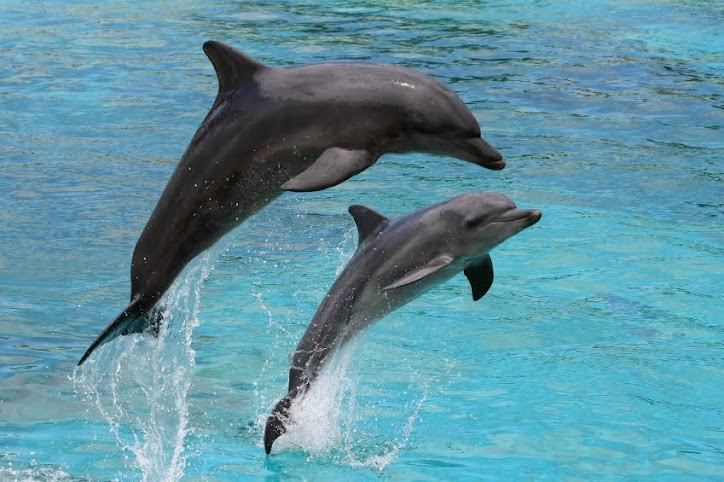Blog 1 The structure of organizations and leadership
What is an organization?
Transactional analysis offers a comprehensive set of concepts and tools at the organizational level, which offer a systemic view beyond the well-known concepts at individual level.
Within TA, a group is defined as any social aggregation, which has an external boundary and at least one internal boundary (Berne, 1964). The major external boundary distinguishes between members and non-members i.e. between the group and its environment. The major internal boundary distinguishes between two classes of people, the leadership and the membership. Minor internal boundaries distinguish one class of membership from another class. An organization may be considered a more complicated type of group.
Figure 1. Organizational boundaries
Public and private structure
One of the major contributions of Berne (1964) is the recognition that an organization has both a public and a private structure, that operate simultaneously.
The public structure is observable in the leadership and membership boundaries and roles (organizational structure) and through the relationships and dynamics between the individuals that fulfil these roles (intrapersonal structure). This public structure determines the structure of roles and relationships within the organization.
An organization also has a private structure, consisting of interlocking scripts and imagoes. This private structure is determined by the personal wishes, archaic needs and experience of the leadership and the membership. It is visible in the culture of communication in an organization (transactions).
For instance, any organization has a formal structure of roles and hierarchy, which defines the power distribution in an organization. At the same time an informal structure of relationships is at work, which determines the dynamics of influence at work. And underneath all of that, a constellation of transference is at work, profoundly influencing our reactions to leadership, belonging and the culture.
One of the major contributions of Berne (1964) is the recognition that an organization has both a public and a private structure, that operate simultaneously.
The public structure is observable in the leadership and membership boundaries and roles (organizational structure) and through the relationships and dynamics between the individuals that fulfil these roles (intrapersonal structure). This public structure determines the structure of roles and relationships within the organization.
An organization also has a private structure, consisting of interlocking scripts and imagoes. This private structure is determined by the personal wishes, archaic needs and experience of the leadership and the membership. It is visible in the culture of communication in an organization (transactions).
For instance, any organization has a formal structure of roles and hierarchy, which defines the power distribution in an organization. At the same time an informal structure of relationships is at work, which determines the dynamics of influence at work. And underneath all of that, a constellation of transference is at work, profoundly influencing our reactions to leadership, belonging and the culture.
New challenges for leadership
Though this research gave us a good idea of what leaders should do and how they should do it, they didn’t take into account the rapid changes we face today.
We live in an accelerating turbulent world. Increasing complexity, drastically shortened production cycles and lack of resources is forcing us to come up with new answers.
Within leadership there are new and different challenges that require new answers:
Though this research gave us a good idea of what leaders should do and how they should do it, they didn’t take into account the rapid changes we face today.
We live in an accelerating turbulent world. Increasing complexity, drastically shortened production cycles and lack of resources is forcing us to come up with new answers.
Within leadership there are new and different challenges that require new answers:
- The complexity and speed of change is such that it the demands on leaders are rapidly outdistancing the capabilities of any single person (Wageman et al., 2008). How can we shift from an individual leadership to a team leadership focus?
- The boundaries of control are shifting. Where before leadership was focused on distributing resources within the organization, nowadays a lot of the resources for production are outsourced in a network, and outside of direct control of the leaders. How can we shift from a focus on direct supervision to a focus on leading virtual networks?
- The basis of power is shifting. Where before the most experienced leader rose to the top, nowadays there is a shift towards autonomous workers, where innovative ideas count for more than experience. How can we shift from a focus on sustainable production to a focus on anticipation and innovation?
These challenges indicate a need to shift to a more interdependent and purposeful form of leadership to deal with today’s turbulence.
Leaders today should be focussing more on creating leadership teams, virtual networks and innovation. The question is: what concepts and tools can we offer to enable this shift?
For more information go to : www.intact1.com
For more information go to : www.intact1.com




Geen opmerkingen:
Een reactie posten